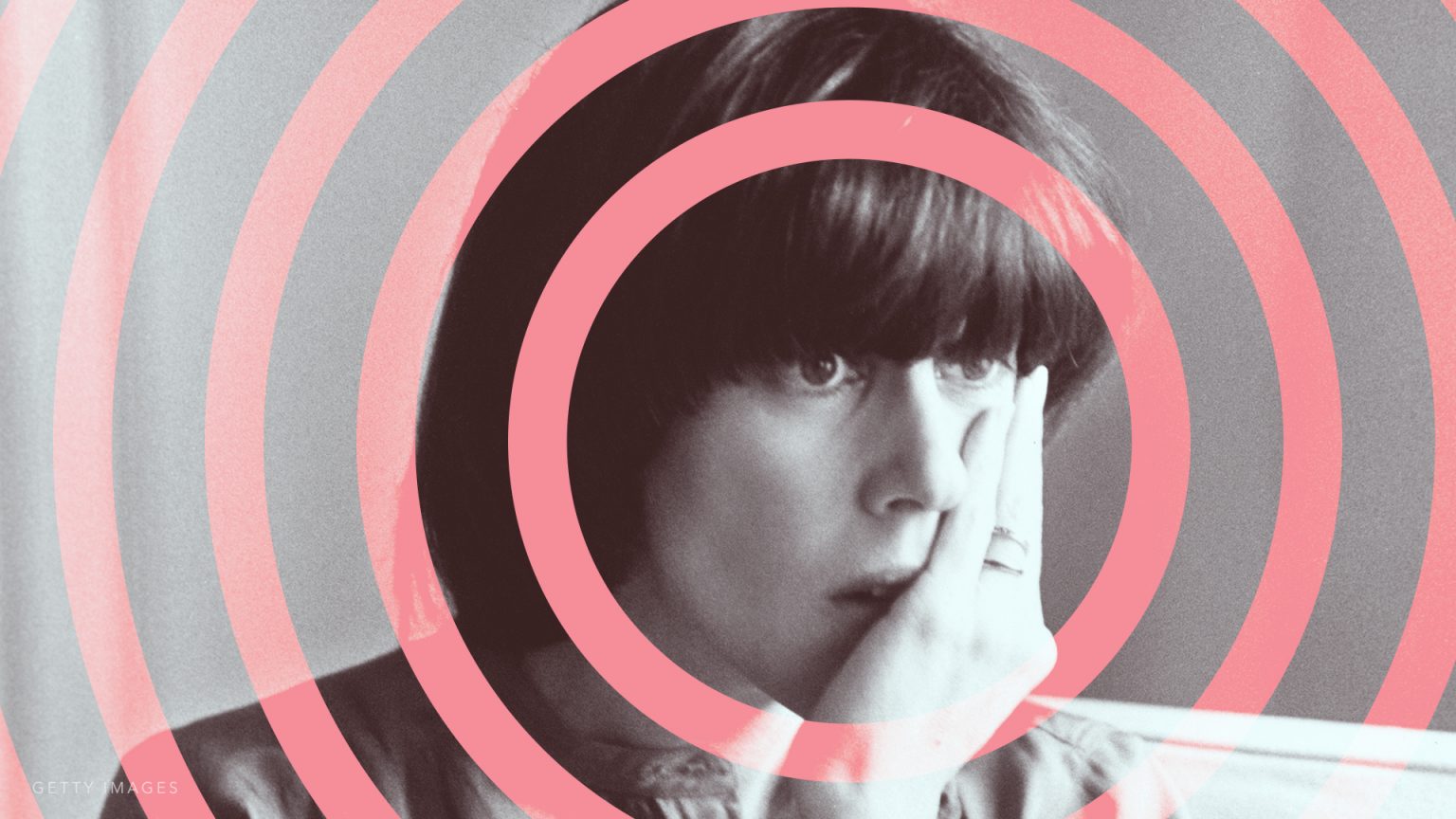In writing and directing When Harry Met Sally (1989), Sleepless in Seattle (1993), and You’ve Got Mail (1998), Nora Ephron created one of the most beloved and dynamic oeuvres of American romantic comedies since the George Cukor era of the 40s and 50s. And she taught moviegoers how to fall in love. First, lesson: Be able to exchange witty banter with your love interest. Second: Have a soft spot for referencing classic Hollywood movies. Third: Always, always be Meg Ryan. In addition, Ephron seemed to advocate for one more important element to making a successful romance: Never know your romantic interest too well.
Ephron remains that rarity in the world of writing and directing romantic comedies: A woman. She focuses on the narratives of her female characters instead of making them mere objects. And she does what Cukor and other directors like Frank Capra could not: write from the perspective of womanhood. In fact, the idea of the romance of “the unknowable love interest” might have come from Ephron’s own hard-won personal knowledge of the subject. In the film adaptation of her own fictionalized love story, Heartburn (1986), starring Meryl Streep and Jack Nicholson, it’s the idea of one truly knowing their husband that results in the demise of the relationship — especially when that husband is a liar and a cheater.
Mystery and anticipation are cornerstones of the romantic notion of love but at some point, ignorance ceases to be bliss. But, Ephron’s romantic comedies find more joy in mystery than they do in love itself.
In When Harry Met Sally, it might seem that Harry (Billy Crystal) and Sally (Meg Ryan) know each other well from their many in-depth conversations. A drive from Chicago to New York exposes Harry’s belief in the impossibility of female/male friendships and Sally’s persnickety ordering habits. A second meeting on a flight fills in their romantic histories. And finally, they become friends the third time they meet, after they’ve both broken up with their significant others. But now, when it comes to Harry and Sally becoming romantic partners, all their deep knowledge of each other is potentially a drawback.
Harry tells his best friend, Jess (Bruno Kirby), that maybe he and Sally can’t work out because they know each other too well. “It’s just like most of the time you go to bed with someone, she tells you her stories, you tell her your stories. But with Sally and me, we’ve already heard each other’s stories, so once we went to bed, we didn’t know what we were supposed to do, you know?”
In Sleepless in Seattle, Meg Ryan begins falling in love with the voice of Tom Hank’s widowed single dad, when she hears him on a radio talk show. Ryan’s character, Annie, is already in a committed relationship with a man who has the same taste in sandwiches and wedding china but lacks mystery. She becomes doubtful that he’s the man for her. Instead, Annie hires private investigators, books trips to Seattle, and writes love letters with her best friend (Rosie O’Donnell) based on the secretive love story in An Affair to Remember. When Annie takes Sam’s hand atop The Empire State Building at the end of the movie, they share the magic of touching each other, but not much else that could be considered “concrete.”
You’ve Got Mail similarly looks to both an old movie and a technological connection to bridge the unknown between its two characters. Tom Hanks and yes, of course, Meg Ryan, meet in a chat room and exchange emails and instant messages before Tom Hank’s character, Joe, discovers that he’s already met her. An update of Ernst Lubitsch‘s A Shop Around the Corner, Meg Ryan’s Kathleen is battling Joe and his family’s Fox Books superstore to keep open the neighborhood children’s bookstore she’s run since her mother died. Hanks doesn’t tell her when he discovers they know each other. Instead, he only reveals it in the closing scene, encouraging her to believe that this crucial piece of knowledge hasn’t hindered her from knowing him.
Once Ephron’s characters begin to know their romantic interest, the mystery, and the movie, end. In Sleepless in Seattle and You’ve Got Mail, the characters have their first in-person meeting in the final scene. In When Harry Met Sally, Harry runs through New York to get to a New Year’s Eve party so he can declare his love to Sally and become someone she’s never met before: A romantic partner.
Ephron’s romantic comedies thrive on these acts of mystery — the lightning bolt, the magic. Ephron emphasizes this part of love because the struggle that comes later, in films like Heartburn or in Cukor’s Katharine Hepburn/Spencer Tracy pairings, shows the possible downside of love. Better to not know your partner’s deepest flaws and instead remain happily ever after in the mystery.
Want more? Stream Eternal Love and Gypsy Blood by Ernst Lubitsch, who was an inspiration for Nora Ephron, right here on Fandor. And do you want to know more about how Lubitsch helped define the modern “Rom-Com” in Hollywood’s golden age? Read the article, The Birth of the Romantic Comedy to learn everything you need to know!
Camille Acker is a freelance writer living in Chicago, IL. Find more of her work at www.thespinstersunion.com or at www.camilleacker.com.




